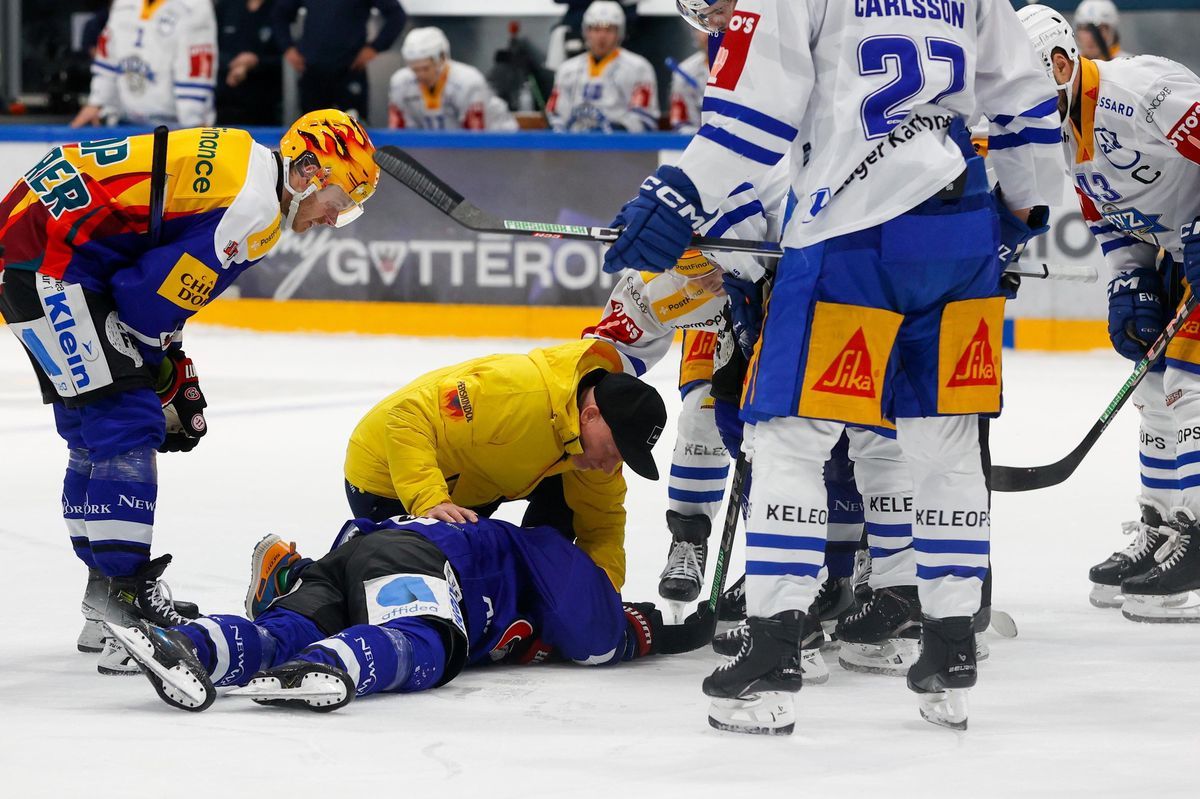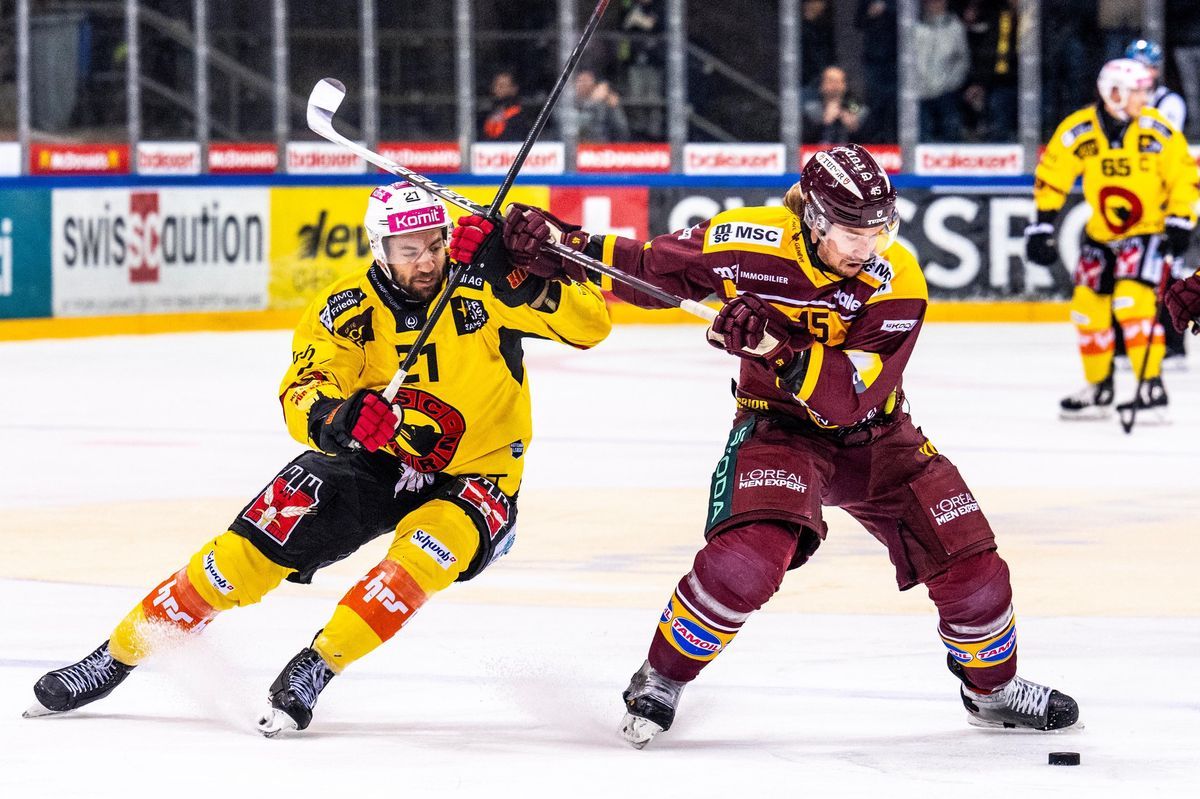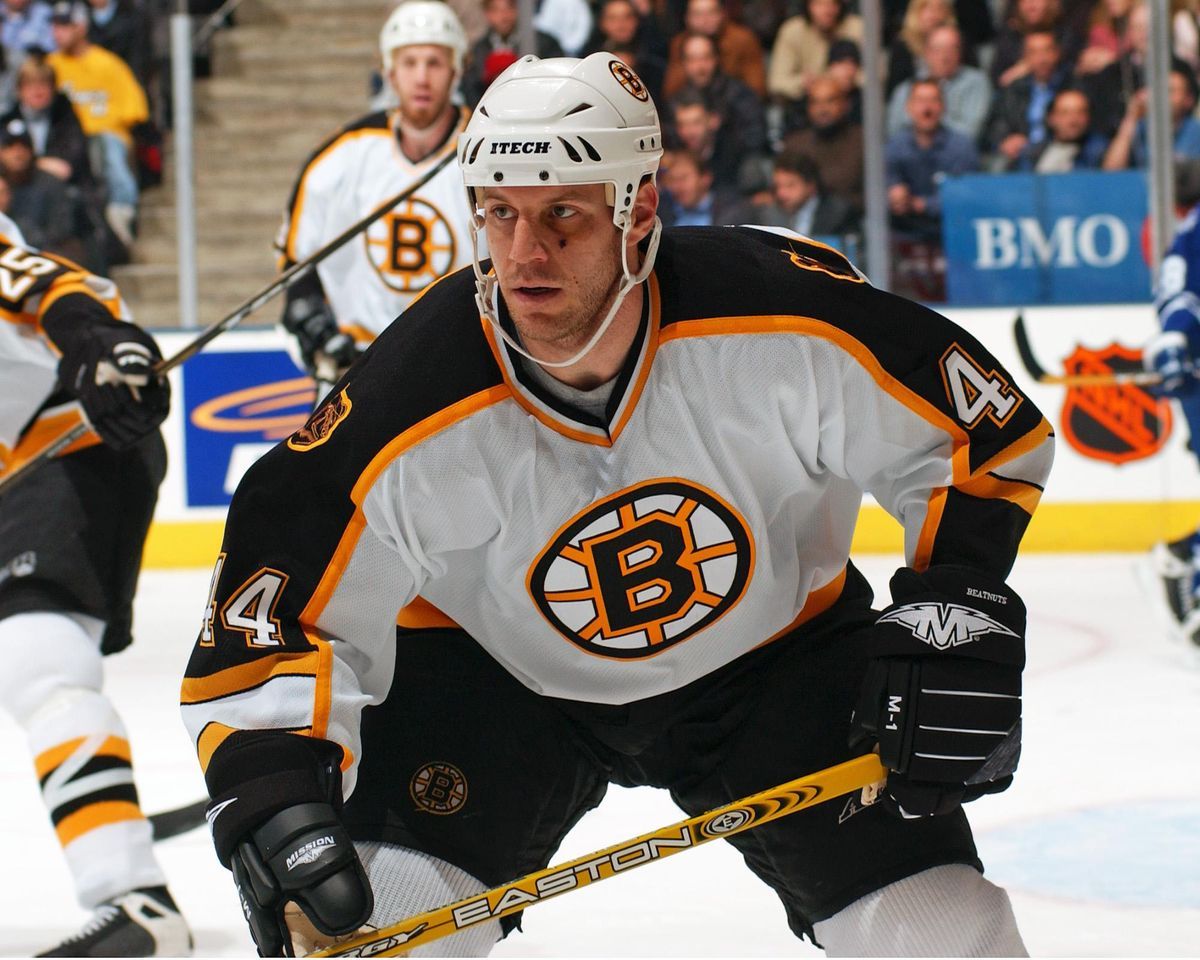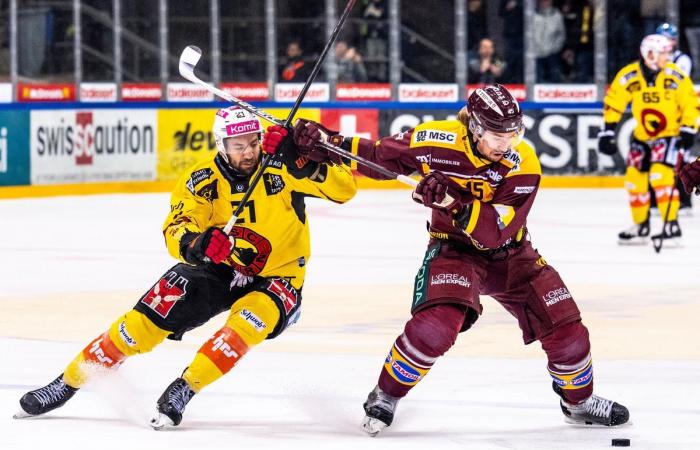ThoseHockey painkiller abuse –How far are the players ready to hold their teeth to get a title?
In Switzerland, as elsewhere, chemistry allows players to stay on the ice despite their injuries. A dangerous game that has meanwhile won safeguards.


Posted Today at 7:28 a.m.

The stake is size in the play-off. Physiotherapists are particularly used and well -requested painkillers.
Estelle VAGNE/FRESHFOCUS
Subscribe now and take advantage of the audio reading function.
At the dawn of the final of play-offthe state of health of hockey players is a big taboo. After a trying season, there are rare athletes still in great shape: it creaks here, it cracks there, and maybe even there is a tear. Information that each team keeps preciously for her. Better not to reveal to the opponents its Achilles heels.
So how do you care for these many sores? Using pain relievers, explains the former defender Beat Forster: “The events are linked. Time to regenerate lacks. So to perform in a team, you think you are taking something in this delicate championship phase. ” And he knows something about it, the Appenzellois player. He played 1171 games in the National League and won six champion titles with Davos and the ZSC Lions. Since this season, he has been an assistant coach at the HC Bienne.
“The consumption of analgesics in play-off is common,” says Simon Moser, an attacker to the Berne CP. The choice of drugs is however limited due to the list of prohibited doping products. ” And in the event of a drop in diet? “We put on drugs found in all pharmacies: ibuprofen and paracetamol. ” Rigor is part of the discipline. This rule applies even more in the play -offs. And this attitude is even glorified. A facial injury? We get stuck and immediately go back to the ice.
On the ice with a broken foot
Things have still evolved in the meantime. Beat Forster remembers playing with a broken foot, because the doctors had not interpreted the injury on the radiographs. They had thought of a bruise.

Simon Moser (on the left) likes to wear blows. But it is giving-back. The central environment has already been injecting substances during the play-offs.
LAURENT DASPRES/FRESHFOCUS
Simon Moser could tell the same anecdote. He has already used bites. But only in exceptional cases. His former teammate, the Canadian Andrew Ebbettalso has a painful experience in the matter, says the Bernese player 36 years old. Touched on the finger by a puck during the play-offs, he had to be sewn after each match in the series, because the injury was reopening each time. He played for six weeks with the broken hand. Only the objective counted: the title of Swiss champion. “He had to suffer, but he took him on him and we won the title.”
Today, players are more aware of the consumption of pain relievers and the risks of playing in shock. “Hockey players are often inclined to continue playing,” says the six -time Swiss champion, who pleads for a compromise.
If an injury does not worsen, a player can tag his teeth from time to time. “When you get a blow, it hurts, but adrenaline helps you forget the pain.” On the other hand, with regard to muscle or head injuries, it advises against any form of negligence.
Pain relievers, only if it is relevant
Caregivers and physiotherapists have become more cautious. They protect players more. At CP Bern, for example, they only use pain relievers after consultation with the club. “In the end, the question arises as to know when it is wise to take something and when it becomes dangerous. An injury can worsen if the sportsman does not feel it, ”warns Simon Moser.
At this point, you will find additional external content. If you accept that cookies are placed by external suppliers and that personal data is transmitted to them, you must authorize all cookies and directly display external content.Allow cookiesMore info
The ZSC Lionswhich will face LHC In the Play-Off final, has been accompanied since 1996 by Geri Büsser, chief doctor of the Schulthess clinic in Zurich. The days when players swallowed analgesics like sugguses is over, according to the expert: “Nowadays, competition is too strong for an athlete to be injured over a long time. If a sportsman is only 80% of his capacities, it is better to rest. ”
Because playing for months under medication or as a preventive basis does not bring anything. Neither to the player nor to the team, underlines the specialist: “The pain relievers of the Ponstan or Voltaren type fluidify blood, which accelerates hemorrhages. Each medication is a poison depending on the dosage, even more with a chronic socket. ”
GERI Büsser also indicates that in ZSC Lions, the use of medicines is not more frequent during the playoffs than in qualification phase. “They are mainly prescribed in the event of colds, to clear the respiratory tract, more rarely to calm pain.”
However, the doctor observes that players are better aware of this problem. “Sport is increasingly demanding. Athletes must pay even more attention to their health. ”
As for communication, it wants to be transparent between the medical staff and the players. If one of them wishes to be present in the critical phase of the championship despite a small injury, he can only do so in agreement with the doctors. “If the risk is calculated, you can let it play sometimes simply with an analgesic. But if it is more serious, he must understand that he should not go to the ice in this state. He could put his career in play. ”
Opioid crisis
The fate of former NHL players, like the American Ryan Kesler And the Canadian Nick Boynton shows that the consumption of pain relievers is far from trivial. But if he distributed blows, he also cashed. Years after his retirement, he described his distress in «The Players’ Tribune». “At a time in my career, I took so many pain relievers and other drugs on a daily basis that I no longer recognized myself. The coaches still had painkillers with them. The situation degenerated. “
Become dependent, Nick Boynton even went so far as to obtain these products in the street. These were mainly opioids issued on prescription, highly addictive. The crisis of fentanyl In the United States is still in all minds. The history of the defender of Ontario reveals the abysses of sport across the Atlantic. When he finally dared to ask for help from his team at the time, he was transferred.

The Canadian Nick Boynton has become addicted to analgesics based on opioids.
GRAIG ABEL/GETTY IMAGES
Instead of oxycodone-based pain relievers-the synthetic derivative of morphine-, many NHL teams now prescribe Toradol, an anti-inflammatory drug that does not lead to dependence. It reduces hormones that cause inflammation and pain in the body. However, there is a contraindication to take into account: this remedy should not be taken for an extended period, because it can attack the stomach, the liver and the kidneys.
However, this is what the American player Ryan Kesler did due to chronic hip pain. He told the Canadian TV channel TSN. In the same as documentary, ex-player Kyle Quincey said: “I did not plan to spend the season without. It calmed the suffering. ” An ephemeral relief that would ultimately cause other pains. The consumption of high -dose painkillers from Ryan Kesler has resulted in colitis and Crohn’s disease, chronic inflammation of the intestine from which he will never recover. According to him, no one alerted him from the misdeeds of excessive use of Toradol.
Such experiences are difficult to imagine in Switzerland, if only because the regulations are much more strict. Oxycodone is on the list of prohibited substances. And then there is the risk of being accused of doping.
The ZSC Lions therefore go so far as to send a photo of the packaging of pharmaceutical products before taking treatment or an pain reliever. Did you know that routine drugs or flu like Neocitran or Pretuval contain an active ingredient which appears on the list of doping products?
Translated from German by Emmanuelle Stevan
MARCO OPPLIGER has been working since 2013 as a sports editor for Tamedia. His main subjects are ice hockey and alpine skiing, as well as struggle and athletics.More info
Did you find an error? Please report it to us.
2 comments













